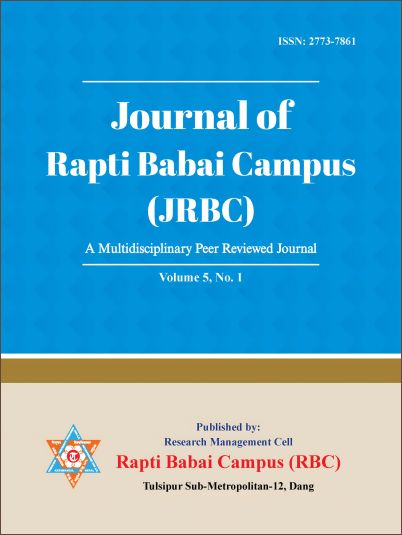Ramrajya: A Vision of Ideal Governance and Social Harmony
DOI:
https://doi.org/10.3126/jrbc.v5i1.78060Keywords:
Ancient Indian Philosophy, Ethical Leadership, Ideal Governance, Ramrajya, Social HarmonyAbstract
'Ramrajya' represents an ancient Indian ideal of governance symbolizing a just, equitable, and harmonious society rooted in righteousness, justice, and collective prosperity. Originating from the epic Ramayana, where Lord Rama’s rule exemplified ethical leadership, the concept was later revitalized by Mahatma Gandhi as a framework for an ideal society. Transcending religious and cultural boundaries, Ramrajya emphasizes dharma (righteousness), social equity, and collective welfare. This paper explores the historical, philosophical, and cultural dimensions of Ramrajya and its application in modern governance. Using a qualitative methodology, it analyzes primary sources like the Ramayana and Gandhian writings alongside secondary data from political discourses and global governance frameworks. Findings highlight key principles such as ethical leadership, justice for all, participatory governance, environmental sustainability, and economic equity. The research underscores how Ramrajya’s ideals address contemporary challenges like corruption, inequality, and environmental degradation. Its focus on transparency, compassion, and accountability aligns with democratic ideals, while its emphasis on collective welfare complements sustainable development goals. The study concludes that integrating Ramrajya’s principles into policymaking can foster a governance model that balances moral integrity with practical needs. As a timeless vision of governance, Ramrajya offers a blueprint for achieving peace, prosperity, and social harmony, inspiring leaders to build equitable and just societies in the 21st century.




